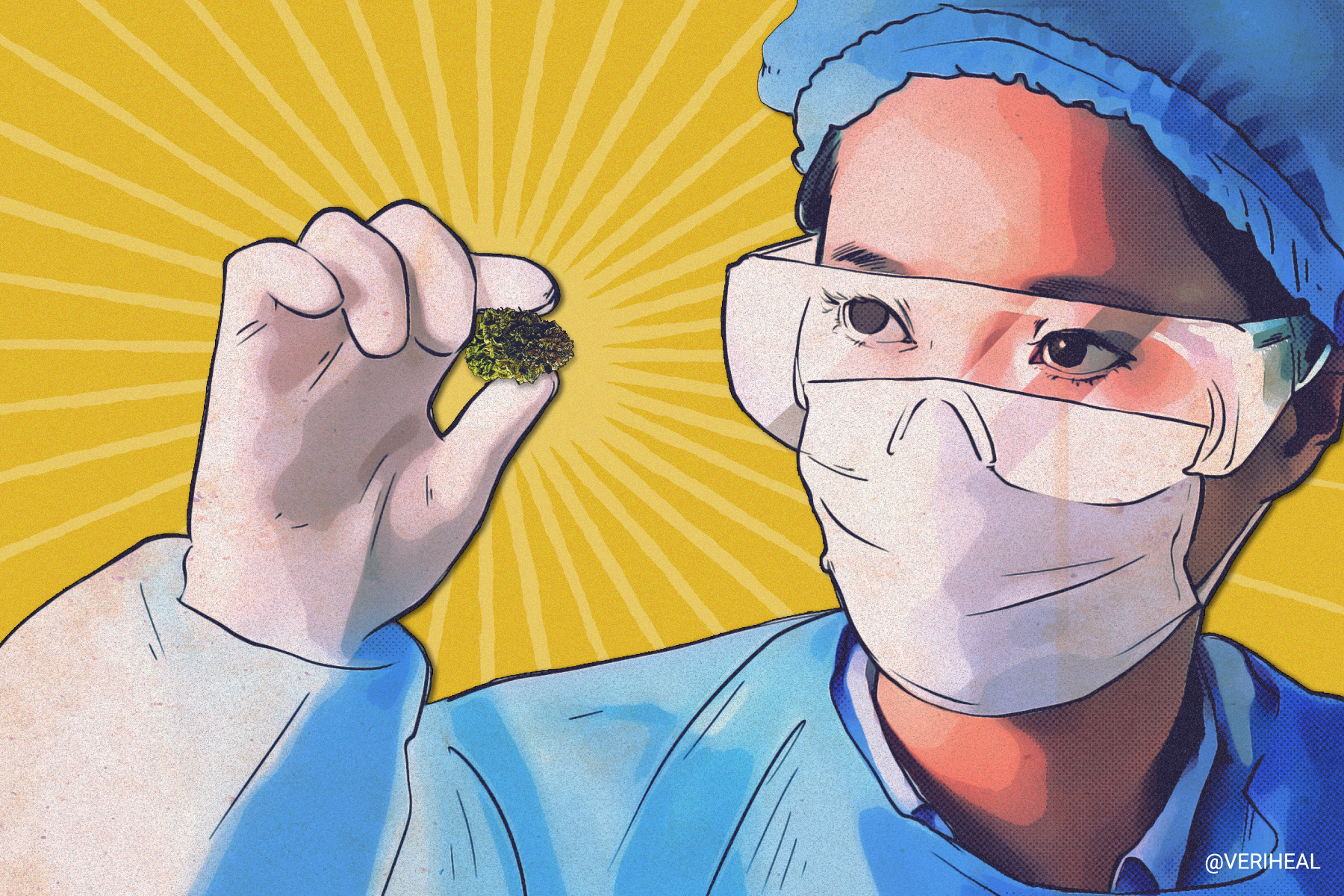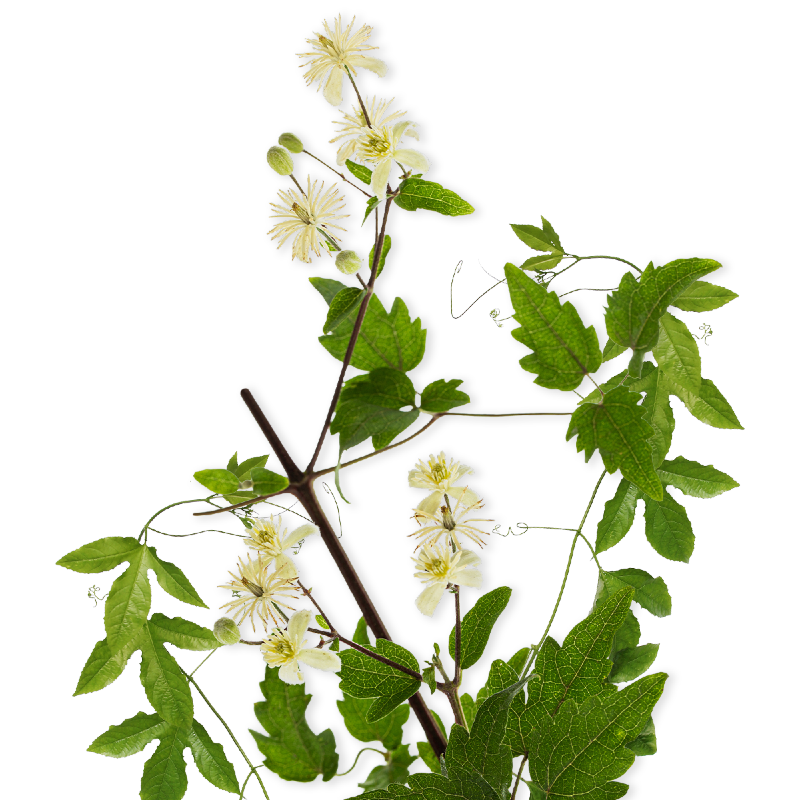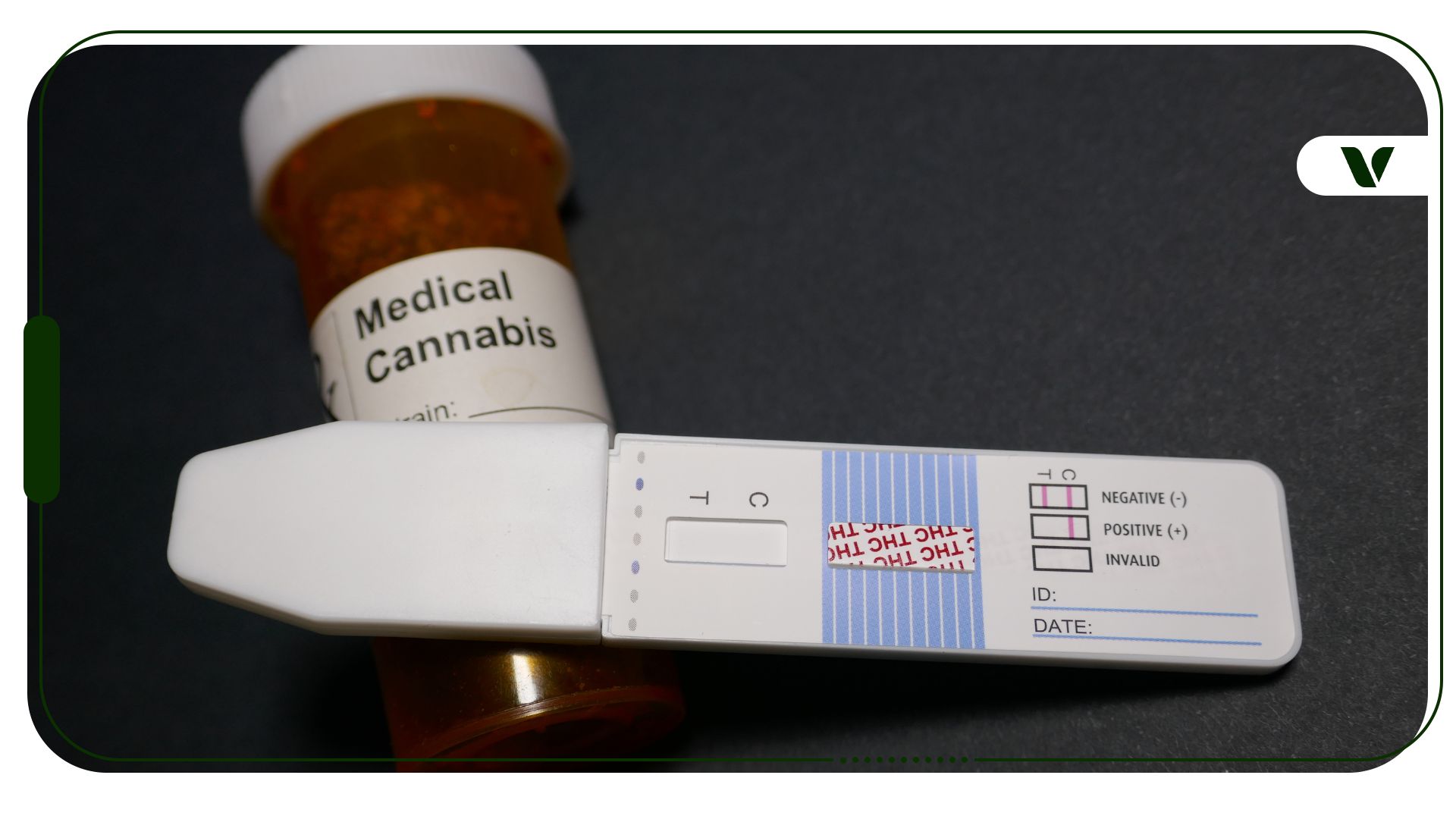Of the many active compounds found in the cannabis plant—known as cannabinoids—a particular one’s “potential health-related capabilities have been masked for years by a greater scientific interest towards its neutral derivative cannabidiol (CBD),” according to researchers from the University of Campania. It would take a powerful compound to rival the amazing CBD, but cannabidiolic acid (CBDA) may be just that.
What Is CBDA?
In order for us to benefit from cannabinoids like CBD, THC, etc., cannabis needs to undergo the decarboxylation process in order to transform cannabinoid acids—like CBDA—into those cannabinoids. Cannabinoid acids are carboxylic acids that are also active with much therapeutic potential. These compounds are naturally produced by the plant and are primarily found in unprocessed cannabis plants.
The university researchers explain that CBDA is a 22-carbon compound that “represents the main phytocannabinoid in the fiber and seed-oil hemp varieties.” This means that CBDA is actually the main cannabinoid found in hemp. Cannabinoids are mainly classified as either neutral cannabinoids or cannabinoid acids based on whether or not the cannabinoid contains an acidic carboxyl group. CBDA has a carboxyl group, as represented by the “A” for “acid” in its name.
CBDA is the precursor to CBD. Researchers from Kyushu University explain that CBGA is the precursor to CBDA through a unique reaction and that “the stereospecific oxidative cyclization of the geranyl group of cannabigerolic-acid (CBGA)” has no equivalent reaction that has been reported to date. The significance of this reaction is that CBGA transforms into CBDA through CBDA synthase (the enzyme that catalyzes oxidative cyclization). CBDA then later becomes CBD when the carboxylic acid chain is removed through decarboxylation.
What Benefits Does CBDA Offer?
Dr. Gerhard Nahler of the International Institute of Cannabinoids in Ljubljana (Slovenia) explained, “In vitro, CBDa showed anti-inflammatory, antimicrobial and tumor-inhibiting properties and also suppressed nausea and vomiting.” According to Dr. Nahler, CBDA has the therapeutic potential to be anxiolytic (anxiety-alleviating), antidepressant, and antineoplastic (cancer treatment medication), as well as reduce motor and cognitive impairment based on available research.
The infamous Dr. Raphael Mechoulam found that while CBDA is more unstable than CBD, it is a thousand times more potent than CBD in binding to a specific serotonin receptor. Mechoulam explained that while everyone is discussing and researching THC and CBD, “these cannabinoids [the THC and CBD] are actually a secondary substance; they only appear later in the plant.” He added, “Originally there is an acid that appears in the plant [like CBDA], and those acids are these mysterious worlds of compounds that are much more potent than cannabinoids [like CBD].”
Since the cannabinoid acids are unstable, Mechoulam came up with a method for modifying the acids so that they remain stable enough to use. Reshef Swisa, CEO of the EMP Group Inc., worked with Mechoulam and explained that they stabilized the CBDA “by a simple chemical procedure called esterification,” which then made the compound stable. If we are to benefit from the cannabinoid acids for their superior therapeutic potency, being able to stabilize the compound is very important.
Additionally, Nahler explains that when CBD is administered in combination with CBDA, the bioavailability is more than doubled. This means that when the precursor (CBDA) is administered with the active, secondary compound (CBD), the rate and extent to which they are absorbed—along with reaching circulation—is increased, meaning that the body has more to use to restore homeostasis in the body.
Final Notes on CBDA
Since CBDA is naturally produced and available in raw cannabis plants and hemp, it’s easy to find the compound. However, its instability makes it harder to extract from the plant, as changes in light, air, and temperature could cause the compound to begin breaking down. Thanks to its good water solubility, and new methods of stabilizing the compound, consumers can access CBDA from unprocessed cannabis products such as raw hemp oil and CBDA-isolate oils or capsules.
CBDA products are still emerging, but you can find them sold by various online retailers and some dispensaries. Individuals who are looking to benefit from CBDA without purchasing pricey or dicey products can also try juicing with raw cannabis flower—just make sure to avoid introducing heat or curing-associated processes to reduce the risk of losing the carboxylic chain.
The University of Campania researchers explain that the pharmaceutical and nutraceutical enforceability of CBDA “is still far from being achieved,” but that the high content of this compound “suggests the need to further deepen knowledge of its chemical and biological features as well as to fully and well exploit it.”
CBDA has just as many versatile therapeutic applications as CBD, and administering the two in conjunction triggers the entourage effect that amplifies each compound’s properties. As Mechoulam believes, the need for alternative medications to pharmaceuticals is ever-increasing considering their adverse side effects: “We have two groups of compounds today that need to have a replacement: these are steroids and opioids. We believe that cannabis carries the ability to introduce replacements to these families.”
Author, Share & Comments












